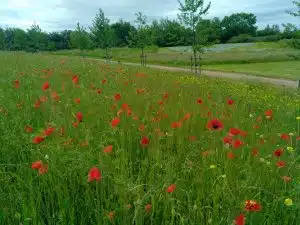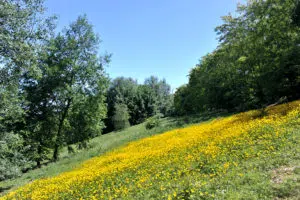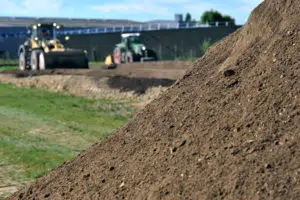Creating diverse ecological environments
ECT creates mosaics of natural environments adapted to the site’s environment:
forest plantations, seeded meadows, wetlands, steppes, while improving on-site management of meteorite water.
ECT restores ecosystems to promote biodiversity and human well-being.
woodlands & wooded slopes
diversity makes the wood
The landscape and ecological redevelopment work carried out by ECT on these sites very often includes forest areas. The woods are home to groups of trees of different sizes and ages (pluristratified). They are home to varied and diverse communities of mammals, birds and insects. To promote biodiversity and the ecological functionality of the environment, ECT designs its woodlands with an emphasis on local species and a diversification of shrub and tree strata.
At the edge of the forest, the forest edge is a key space. It acts as a transition zone between wooded areas and open environments (grassland), forming an ecological corridor.
What are the benefits of planting trees?
Planting trees serves fundamental environmental and climate regulation purposes:
- Trees pump water from the soil and release it into the atmosphere (evapo-transpiration), cooling the air and enabling clouds and rain to form.
- More globally, they use CO2 in the manufacture of wood, thus storing carbon and limiting climate change.
Why create shrub layers?
The vertical stratification of forest environments is a guarantee of species diversity and environmental development.
The greatest variety of habitats is obtained when the forest breaks down as follows:
- herbaceous stratum
- shrub layer
- low tree stratum
- high tree stratum (> 30 m)
the meadow
a dynamic environment
Grasslands are home to specific and even remarkable communities of invertebrates, flowers and birds, characteristic of very open spaces. In the Île-de-France region, with the disappearance of livestock farming, grasslands are gradually disappearing. Like the bocage, they should be preserved for the richness they represent.
Focus on wild bees
80% of bees nest in the ground (not in hives).
ECT is working to restore natural habitats forterricultural and sand bees,
By sowing flowering meadows with ground cover based on clover, sainfoin and birdsfoot trefoil, ECT boosts their food resources and creates suitable breeding environments.
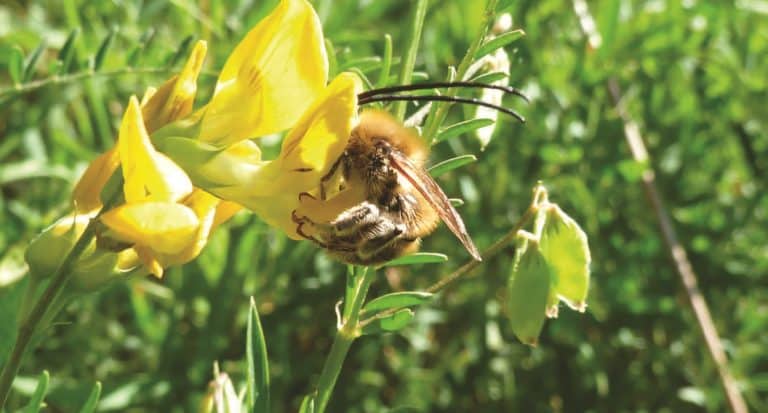

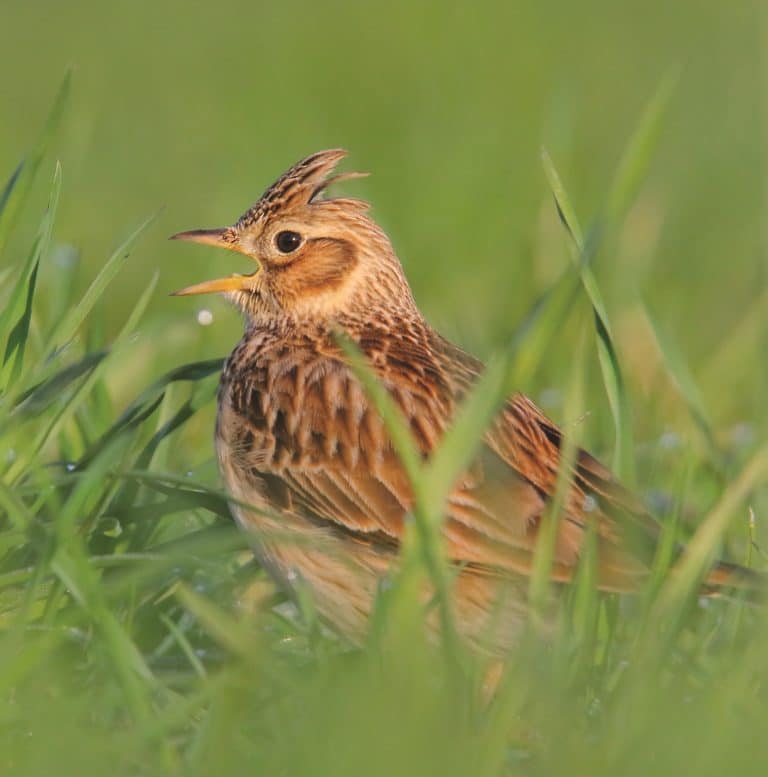
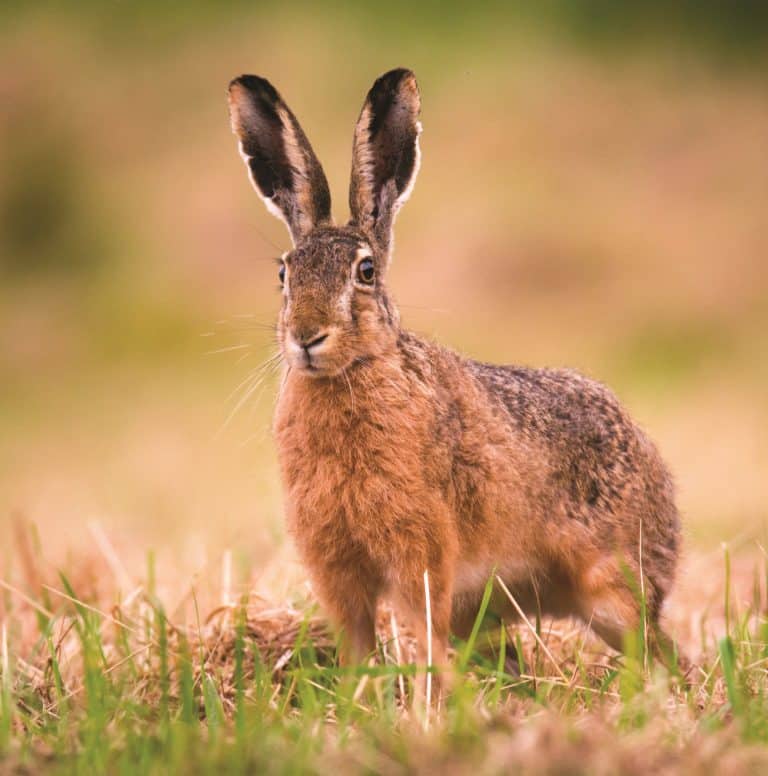
wetlands
why create wetlands?
Wetlands play a role in water quality, purifying water, buffering it and regularly releasing stored water. It also cools the air. These services are called ecosystem services.
Rainwater harvesting systems create micro-environments (ditches, valleys, ponds) that store water on a permanent or temporary basis.
Wetland created at Roissy-en-Brie (77)
ECT
Agricultural land
Some of the plots for which ECT has completed the development work have been returned to agricultural use. Nearly 450 hectares of farmland, including 2 projects with SAFER.
A thick layer of topsoil, originally present on the site, has been reapplied to the agricultural areas. If the farmer implements conservation agriculture, satisfactory yields can be achieved within a few years. On some damaged sites, the original topsoil is insufficient. To reconstitute a fertile horizon, the upper cultivable layer is reconstituted from the fertile substrate.
Orchards can be planted to complement agricultural plots. A human creation, the orchard is ideal for a number of birds. As fruit trees age, they develop cavities that are used by a variety of species, including tits, hoopoes and owls. On some sites, the rehabilitation of agricultural land is accompanied by the planting of hedges.
Beet fields at Villeneuve-sous-Dammartin (77), June 2023.
ECT
